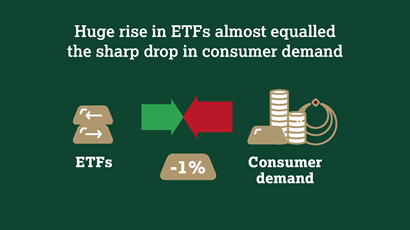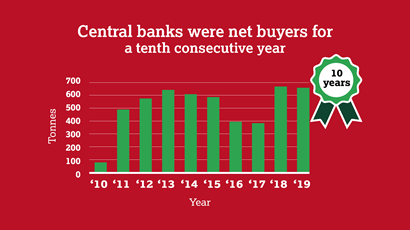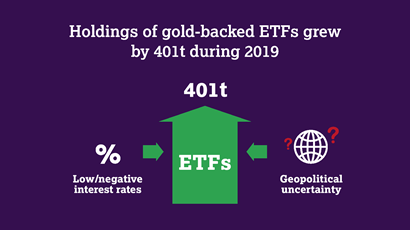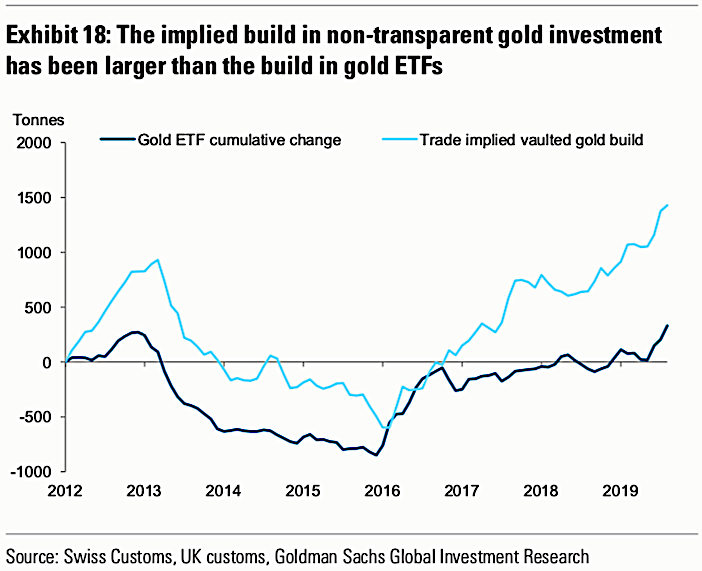This month, The Real Asset Company announced the launch of a new campaign to Buy Britain’s Gold Back.
The aim of the campaign is, in short, to get individuals to buy back their share of the gold which Gordon Brown sold. We hope to show that gold investment is entirely accessible. For instance, to buy back your share of the gold which Gordon Brown sold, it would cost you less than £500 (at current gold prices).
But why should you care? Why should you buy gold bullion?
Well, it’s all very well saying that it isn’t our fault that 395 tonnes of gold was sold over a decade ago, and so we should get the government to buy it back. But, as one MP pointed out to me, the government doesn’t have any money. They are running around shouting about the need for austerity, so they’re not likely to see it as a positive move for them to be spending £13 billion on an asset which does not, in the short term, directly impact the electorate.
As recent events have shown, politicians and their economists aren’t great at predicting what the best remedy for this situation is. This isn’t so surprising considering that it was their policies and election friendly spending which got us into the financial crisis.
The problem is, worryingly, that the majority of politicians don’t even truly understand how the monetary system works but they believe they can fix it with yet more debt, achieved through money printing – the medicine which placed the UK as the West’s most leveraged nation in the first place.
The Real Asset Co believes it is time to start taking our money back into our own hands in placing it outside of the banking system in an asset which is tested and proven as the best store of value during financial crises.
What is money?
Money is no longer what our ancestors referred to as money. Our money today is supported by nothing except confidence in the government. Your notes which read ‘I promise to pay the bearer on demand the sum of…’ is just there as a throwback to when the British pound was backed by gold and silver. One hundred years ago, an individual knew that their paper note was a true reflection of the gold which was in the bank.
Now, our money really does grow on trees – it is paper.
The apparent ‘beauty’ of paper money, or fiat money, is that it can be created at will; a feature which is escalated by the electronic banking system.
Some argue that the strength of having a currency which is not backed by gold enables us to grow faster as a nation, increases living standards and it allows us to make huge leaps in science and technology.
Governments like this type of money as it means more can be created (in various ways) in order to fund projects such as new roads or increase benefits.
It sounds very pleasant, and like something which benefits everyone, but our paper money is unfortunately a tried and failed experiment. No money, which is not backed by gold or silver in the bank, has ever succeeded. Money has only been in its current form since 1971, before this it was pegged to gold in one way or another.
When money is pegged to a finite and rare commodity, such as gold, then there is a limit on how fast wealth can be accumulated, how quickly spending can be carried out and most importantly, a limit to how much one can spend.
When the Bank of England announced that they were going to embark on quantitative easing, the general public were left feeling confused. After all, we were all taught at school, from our history books, that the money printing in Germany led to devastating consequences.
The problem we have now is that the majority of people believe that we need more money in order to create wealth. If this were the case then Zimbabwe would be the wealthiest nation and we would be kowtowing to Mugabe’s demands.
Each time more money is printed then the value of that currency is devalued significantly. The stock of money since the link to gold was broken has increased several times over. Since 1967, the pound has lost 90% of its value, in America the dollar has lost 97% of its value.
But what does this have to do with you?
Several studies show that gold has maintained its purchasing power since the reign of Queen Elizabeth I. Not only this, but in times of economic distress gold has proven itself as a far better wealth preserver than other assets one normally places their money in.
The most simple explanation for the pound’s loss of purchasing power is the continued devaluation through inflationary policies implemented by governments in the latter half of the 20th Century.
In the UK, there is now £1.1 trillion on deposit, but there are a plethora of complex and confusing products offered to savers. Sadly it is easier to apply for a credit card, with 0% interest, than it is to apply for a long-term savings account.
The quantitative easing programme currently being carried out by the Bank of England’s Monetary Policy Committee is designed to help boost the economy and help to keep individuals spending and companies investing. The bank rate has been ‘maintained’ at 0.5% since March 2009, the same time Quantitative Easing began.
This is all very well but unfortunately it’s no good for savers. The current level of inflation means that many savers will now be experiencing a negative rate of return on their savings. £41.8 billion a year is confiscated from pensioners and savers as a result of this. The Centre for Economic and Business Research estimate the bank rate will stay this way until 2016.
At present your money whether sat in your purse, piggy bank or your bank account is subject to decisions made by politicians and bankers, who we have so far seen, do not have the interests of long-term savers at heart.
By buying back that small amount of gold which Gordon Brown sold, just 13,3g per individual you are looking after your money, it’s in your control and it’s the most precious thing in the world – gold.
“
You have to choose between trusting to the natural stability of gold and the natural stability of the honesty and intelligence of the members of the government. And, with due respect to these gentlemen, I advise you, as long as the capitalist system lasts, to vote for gold.” George Bernard Shaw
Buy Britain’s Gold Back!
Please Note: Information published here is provided to aid your thinking and investment decisions, not lead them. You should independently decide the best place for your money, and any investment decision you make is done so at your own risk. Data included here within may already be out of date.
About the Author
















